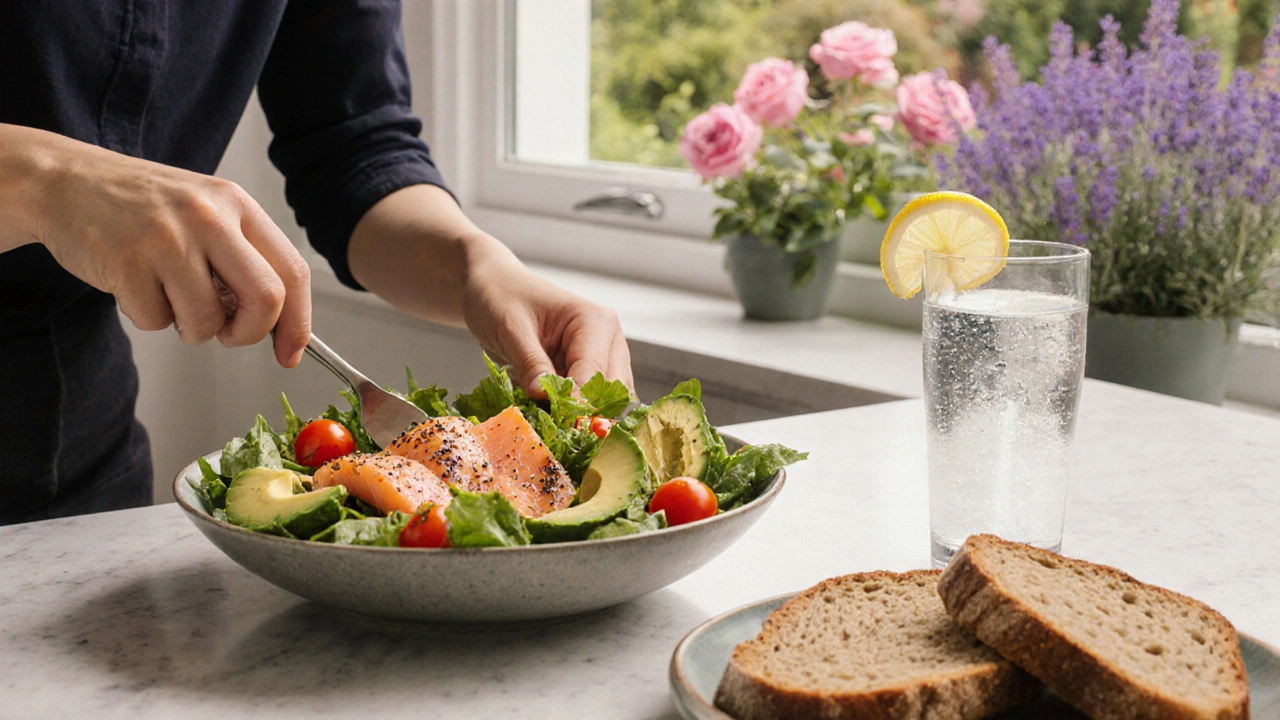Balanced Nutrition: The Easy Way to Keep Your Dog Healthy
If you’ve ever wondered what “balanced nutrition” really means for your dog, you’re not alone. It’s not about fancy recipes or expensive supplements – it’s about giving your dog the right mix of protein, fat, carbs, vitamins, and minerals every day. The good news? You can do it with everyday foods and a few simple habits.
Why Balanced Nutrition Matters
Dogs, just like us, need a steady supply of energy and building blocks to stay strong. Protein supports muscles, teeth, and skin. Healthy fats keep the coat shiny and the brain sharp. Carbohydrates give quick energy for playtime, while vitamins and minerals keep the immune system in check. When any of these parts are missing, you’ll see signs – dull coat, low energy, or frequent stomach upsets. A balanced diet helps prevent those problems and supports a longer, happier life.
Research from veterinary schools shows that dogs on a well‑balanced diet have better weight control and fewer joint issues as they age. Even a small tweak, like adding a bit more omega‑3 fatty acid, can reduce inflammation and keep your dog moving comfortably.
Easy Ways to Build a Balanced Diet
1. Start with a quality commercial base. Look for labels that list a real meat source first and include a statement of “complete and balanced” from AAFCO. This gives you a solid foundation.
2. Add fresh foods for extra nutrients. A spoonful of cooked pumpkin adds fiber, while a few pieces of carrot provide beta‑carotene. These extras are low‑calorie but high in vitamins.
3. Watch the portions. Use the feeding guide on the bag, then adjust based on your dog’s activity level and body condition. A handy tip: feel the ribcage – you should see a thin layer of fat, not a bulge.
4. Mind the fats. A dash of fish oil or a teaspoon of olive oil once a day gives essential omega‑3s. Too much fat can lead to weight gain, so keep it measured.
5. Stay hydrated. Fresh water should always be available. Some dogs enjoy a splash of low‑sodium broth for flavor, but keep it plain.
6. Supplement only when needed. Most balanced foods already contain the right vitamins. If your vet recommends extra glucosamine for joint health or a probiotic for gut issues, add those specific items.
7. Rotate protein sources. Switching between chicken, beef, and fish (while staying within the same diet) can help prevent food sensitivities and keep meals interesting.
8. Track changes. Keep a simple log of what you feed and any reactions you notice. Over time you’ll spot patterns – maybe a certain treat causes loose stools, or a new protein improves energy.
By following these steps, you give your dog a diet that covers all the bases without turning meals into a science project. The goal is consistency and listening to your dog’s needs.
Remember, balanced nutrition isn’t a one‑size‑fits‑all rule. Every dog is unique, and age, breed, and activity level change the equation. When in doubt, a quick chat with your vet can fine‑tune the plan.
Start today with a quick check of your dog’s food label, add a simple fresh veggie, and watch the difference in coat shine and energy levels. Balanced nutrition is the foundation for endless wellness – and it’s easier than you think.

Healthy Diet Essentials for a Vibrant Life
Discover how a healthy diet fuels energy, prevents disease, and supports a vibrant life with practical tips, food choices, and expert guidance.

Biofeedback Techniques for Stress-Free Living
Aug, 1 2024



